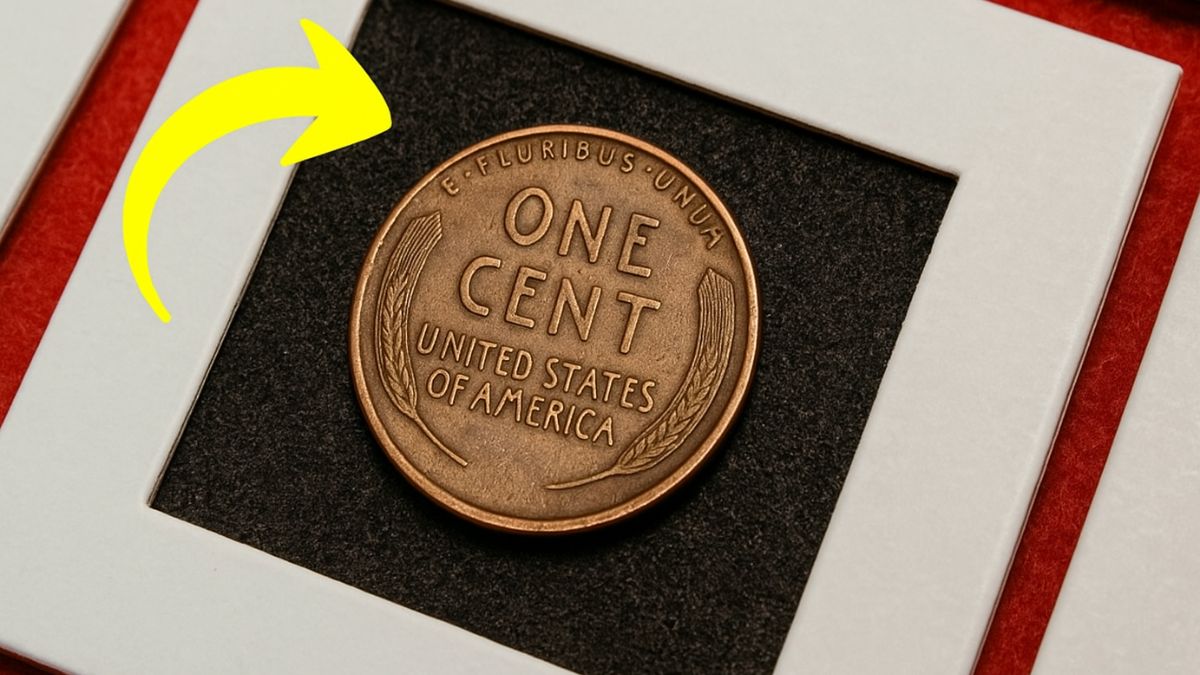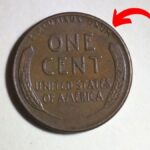The Lincoln Wheat Penny is one of the most cherished and historically significant coins in American numismatics. First introduced in 1909 to mark 100 years since President Abraham Lincoln’s birth, this was the first circulating U.S. coin to feature a real person rather than an allegorical figure like Liberty. The design by Victor David Brenner showcased Lincoln’s portrait on the obverse, and two wheat stalks framing the words “ONE CENT” on the reverse, giving rise to the nickname “wheat penny.” These coins remained in production until 1958, making them widely collected.
The \$38 Million Claim Fact or Fantasy ?
In recent years, sensational reports have surfaced online about a Lincoln Wheat Penny allegedly valued at \$38 million, sparking a wave of public curiosity and renewed interest in everyday change. The claim suggests that this ultra-rare penny might still be circulating, possibly lying unnoticed in someone’s piggy bank or coin jar. But is it true ?
Experts agree the \$38 million valuation is highly exaggerated. The most valuable Lincoln cent ever documented a 1943 copper penny sold for \$1.7 million in 2010. While that is remarkable for a one-cent coin, it’s nowhere near \$38 million. Most likely, this claim stems from online myths, clickbait, or misinterpretation of coin values.
Real Pennies Worth Thousands
Though the \$38 million price tag is a myth, several Lincoln Wheat Pennies are genuinely valuable and rare. The crown jewel is the 1943 copper penny, a wartime minting error. That year, pennies were supposed to be made from zinc-coated steel to conserve copper for the war. However, a few copper planchets from 1942 were mistakenly used, resulting in an incredibly rare copper 1943 cent. Fewer than 20 of these coins are known to exist, and top-condition examples have sold for \$100,000 to \$1.7 million.
Other valuable Lincoln Wheat Pennies include:
- 1909-S VDB – low mintage and designer initials; worth \$1,000–\$100,000
- 1914-D – hard to find; can fetch \$5,000–\$30,000
- 1922 “No D” – mint mark error; valued around \$10,000
- 1931-S – low circulation; worth up to \$3,000
- 1944 steel cent – another rare error coin
- 1955 doubled die – visible doubling of text; worth \$1,000–\$50,000
How to Identify a Rare Lincoln Penny
Want to know if you’ve struck gold with a Lincoln cent? Here’s what to check:
- Date and Mint Mark: Located below the date on the obverse. “D” = Denver, “S” = San Francisco, no mark = Philadelphia.
- Magnet Test: A 1943 penny that doesn’t stick to a magnet may be copper—and very valuable.
- Weight: Steel pennies weigh 2.7 grams; copper ones weigh 3.11 grams.
- Condition: A higher grade means higher value. Collectors look for sharp features, luster, and minimal wear.
- Errors: Search for doubled dies, repunched mint marks, and off-center strikes—these variations can make even common dates worth hundreds or thousands.
Why This Penny Is So Culturally Significant
The Lincoln Wheat Penny is more than a coin it’s a piece of American history. First issued in 1909 during the Progressive Era, it remained in circulation through two world wars, the Great Depression, and the beginning of the Cold War. It passed through the hands of soldiers, students, and storekeepers making it one of the most human coins in U.S. history.
Each Lincoln penny is a tiny time capsule, and many collectors are drawn to them for the historical connection, not just monetary value.
The Allure of Million-Dollar Coin Stories
Why do stories like the \$38 million penny gain so much traction ?
It’s about more than money. These stories tap into the fantasy that hidden treasure might be right under your nose. You don’t need to be rich to participate all you need is pocket change and a sharp eye. It’s the kind of treasure hunt anyone can join, and that universal accessibility makes coin collecting exciting and inclusive.
Why Rare Coins Are So Hard to Find in Circulation
The odds of finding a rare Lincoln Wheat Penny in your change are slim—but not zero. Most high-value coins have been snatched up by collectors over the decades. The U.S. Mint has issued billions of Lincoln cents since 1909, so finding a key date among them is like finding a needle in a haystack.
Still, bank rolls, estate sales, and old family collections have yielded surprises. And given that most Lincoln Wheat Pennies were made before 1958, many could be sitting in jars, attics, or dusty drawers, waiting to be rediscovered.
What to Do If You Find a Potentially Rare Penny
Found a suspicious-looking penny ? Here’s what to do:
- Don’t clean it – this reduces its value.
- Use a magnet and scale to check for copper/steel differences.
- Photograph and document it clearly.
- Contact a reputable coin dealer or submit it to PCGS or NGC for grading and authentication.
- If verified, consider selling through a trusted auction house or numismatic dealer.
More Than Money The Joy of the Hunt
Whether or not you find a life-changing penny, collecting coins teaches you to pay attention to detail, appreciate history, and enjoy a slower, more intentional hobby in a fast-moving world. In a way, the biggest reward isn’t the dollar value it’s the knowledge and joy gained along the way.





